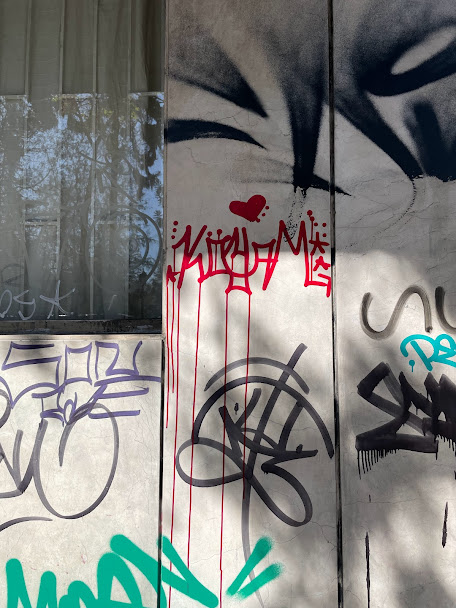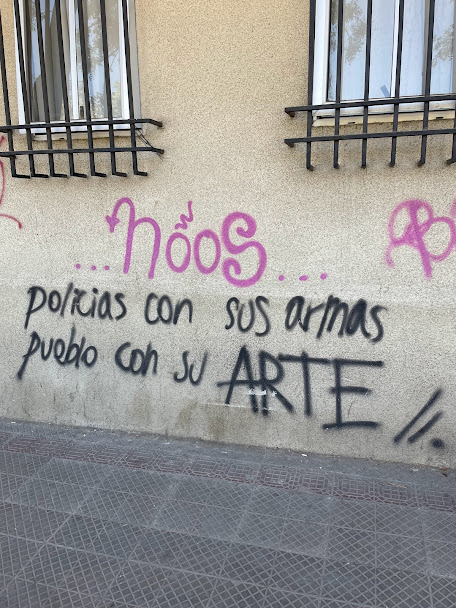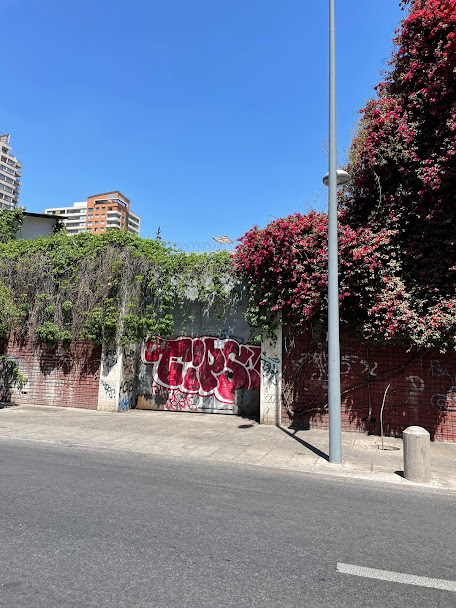After my health scare, I am recovering and have found joy in exploring the city. The IES program was an immersive experience. Whether sitting through classes, developing conversations, or observing everyday life, I was challenged to consider the past, present and future of Chile. My program connected my academic interests to my personal ones. In my arts class, we studied the “Social and Political Role of the Arts in Chile and Latin America.” Through workshops, fieldtrips and lectures, we explored the history of human rights through an artistic lens. I learned how to critically analyze works of art and identify the different time periods they are created in. I enjoyed analyzing each piece and thinking about the perspective of the artist.
Before my trip to Chile, I knew nothing of their indigenous populations. While in Santiago, I learned there are 10 legally acknowledged groups each with a distinct culture. In my Native Cultures course, I learned more specifically the formation and current practices of Rapa Nui, Mapuche, Aymara, and Quechua. During a class trip to the Museo Chileno de Arte Precolombino, I saw the timeline of indigenous groups in Chile and neighboring territories. There were pieces of pottery, clothing, weapons, statues and jewelry. We were told that each pattern has a specific meaning and purpose. As I explored the museum on my own, I was fascinated with the communication and languages they invented.

My favorite piece, an authentic Inka Quipu [Key-poo ]. It is an example of communication during the Inka period, approximately 1400 – 1532 CE and was most common in the ancient Andes. The word ”Khipu” comes from the Quechua word ¨knot¨. Traditionally, Quipus are made of threads, typically llama or camel fur knotted at different lengths and sequences. The different color threads, knot placement, and type of cord have unique significance used for collecting data or sending messages. Quipus are not however a phonetic form of writing. Instead, they are a three-dimensional logical numerical reading. I was drawn to this piece because of its history but also because it looks majestic as it tells a story I cannot understand. The Quipu below is in the Museo Chileno de Arte Precolombino and was found in Arica, Chile. It is around 450 years old.

Later in the semester, I encountered a different interpretation of a Quipu, while investigating the work of Cecilia Vicuña. She is an artist and activist born in Chile. Her work is inspired by the power of life and death which she incorporates into her work as well as a modern and conceptual take on indigenous cultures. Upon seeing her work, QUIPU WOMB (Story of the Red Thread Athens): I was awestruck. The colors, the size, the name, the materials, all embody strength. After reading more into the piece, I learned it symbolizes the female body (reproductive system) or more specifically menstrual blood as well as the cycles of nature.
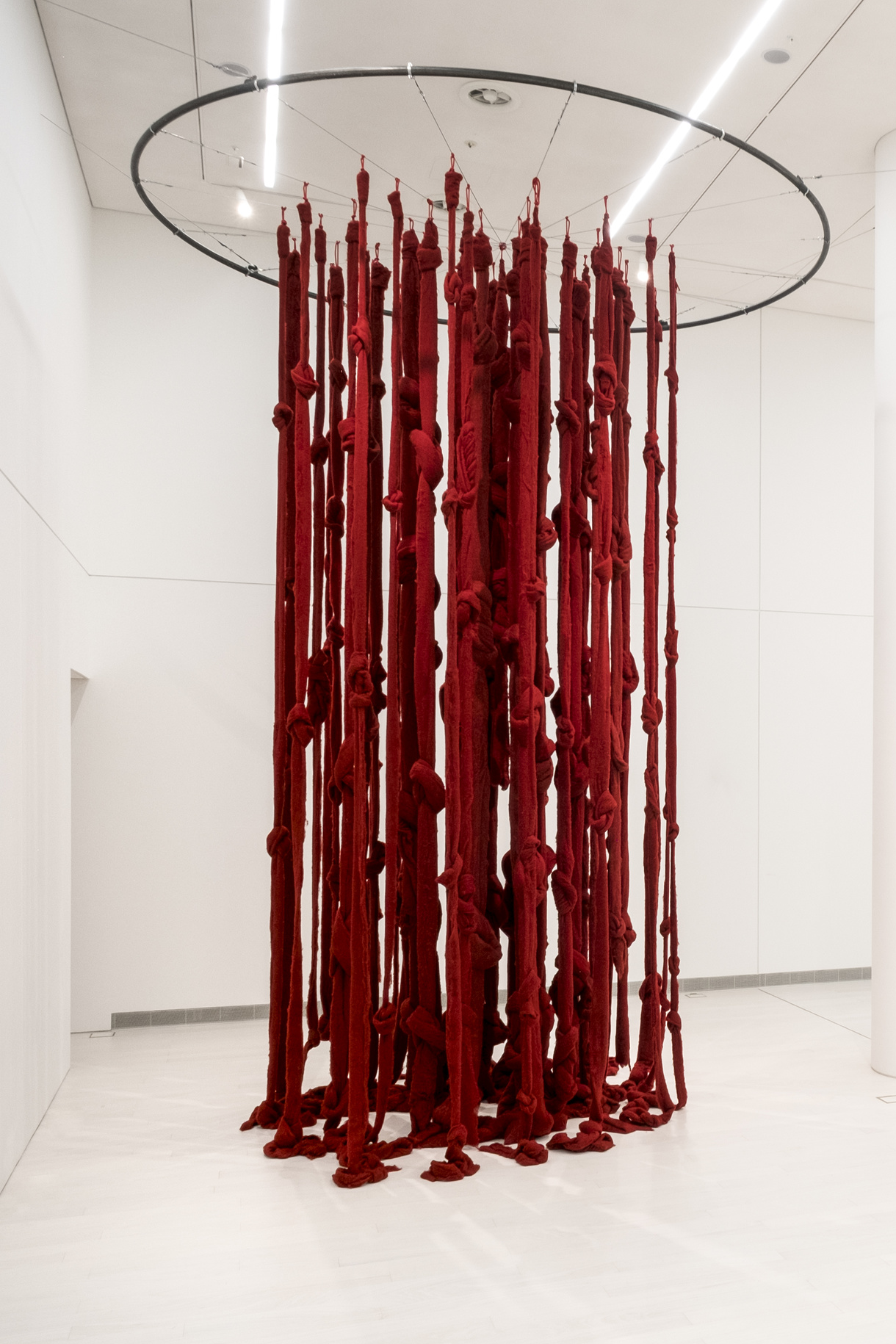
Also known as ´poem in space,’ the art piece has over 50 large strands of unspun wool that is dyed red. It is part of a series of ”quipoems” that include interactive exhibits. To learn more about her exhibitions, visit this LINK. I am drawn to her work as it has a deeper and provocative message. She portrays underserved and vulnerable populations with courage and beauty.
The work of Cecilia Vicuña inspired me to investigate other Latin American artists. I had the honor of meeting artist Karen Pazán. Born in Ecuador, Pazán now works and lives in Santiago creating collages, statues, photography, and paintings. During a visit to her workshop, she shared a presentation on the pieces below. Unlike other artists I had encountered, Pazán uses a combination of realistic and imaginative concepts. I find it interesting that although she creates baby sculptures the size of a car tire and sculptures of the female body with inhumane characteristics, there is always a shred of true or reality to her works.
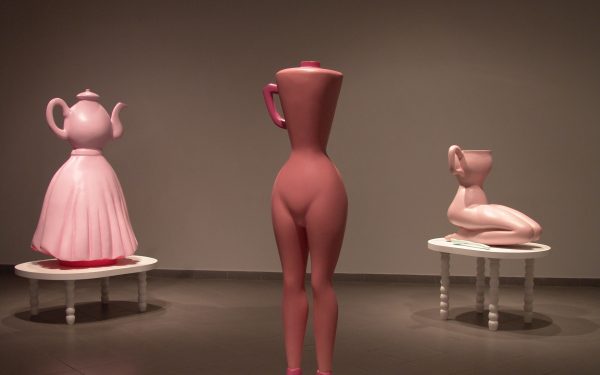

On a day off of school, I visited the Museo Nacional de Bellas Artes. Unlike the other museums, it contained both traditional and modern works. In addition, the pieces hinted at political statements. From statues to audio recordings, paintings to comics. I encountered pieces of beauty and horror that portray strength. One piece, a statue made of debris and a police tank from the 2019 riots occupied the center of the main floor and rose to the ceiling. In another room, the pieces sparked conversation on our bodies and female sexualization. Finally, the basement was dedicated to the plays and art work created during the censorship of Dictator Pinochet.
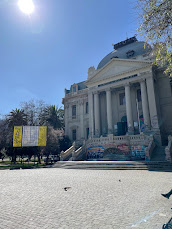

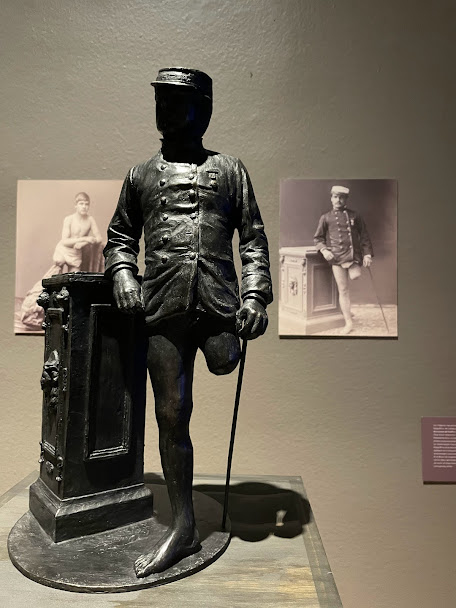

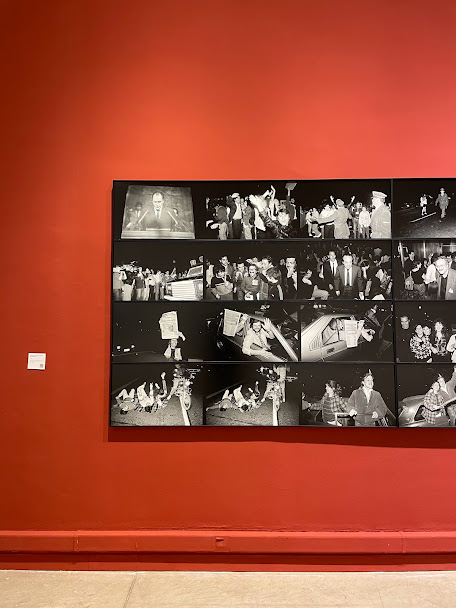

In addition to art in museums, I was amazed by the graffiti and murals around the city. In my Human Rights course, we discussed the use of graffiti as a defiant act against censorship and oppression. In every street through Santiago, one can find messages of anger, desire, joy, resilience and identity.
